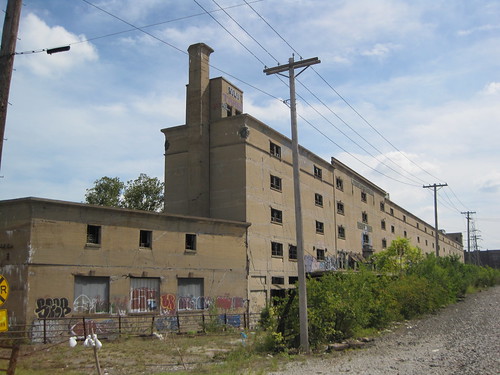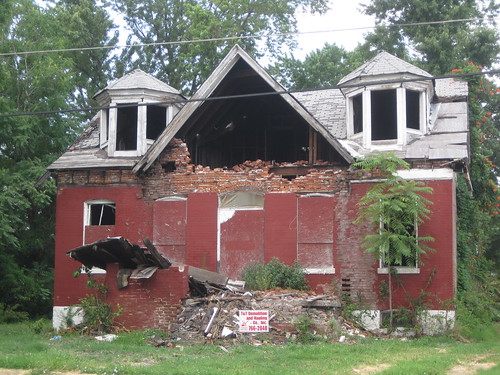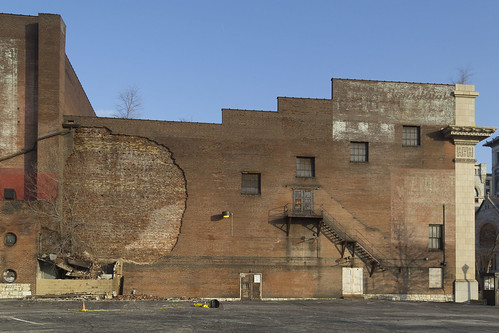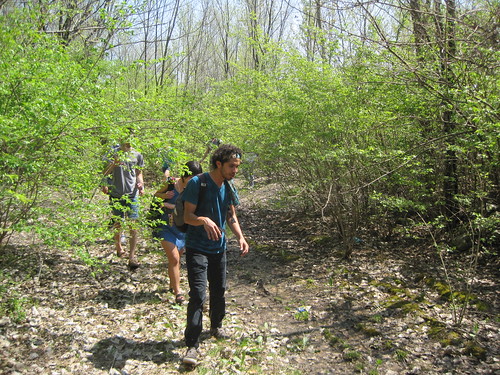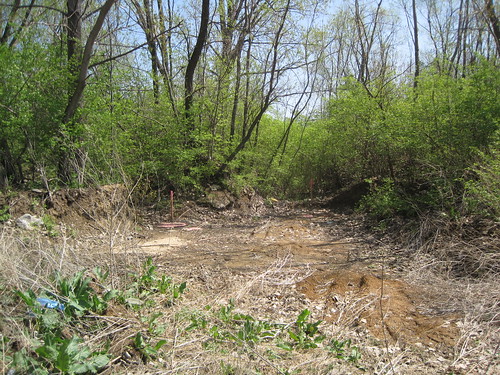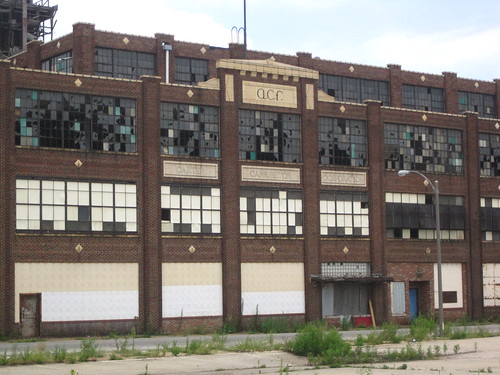by Michael R. Allen
On June 25, the Pruitt Igoe Now design competition (staffed by the Preservation Research Office) announced its three winners, selected from its thirty-one finalists. The scope of the initial 346 submissions that envisions a new life for the 33 vacant, forested acres of the Pruitt-Igoe site included many submissions that examined the preponderance of vacant land around the site. These submissions generally tended to look at the southern end of the St. Louis Place neighborhood, just across Cass Avenue from the site, or the eastern end of JeffVanderLou, just across Jefferson.
One of the competition finalists, a video submission entitled “LandRun,” whimsically suggests that the vacant land in and around Pruitt-Igoe be opened to development via an annual “land run” reminiscent of the Oklahoma Land Rush of 1889. That event brought sudden and frenetic development, with the cities of Guthrie and Oklahoma City ending up with over 10,000 residents in one day. The impetus for settlement was the availability of plentiful undeveloped publicly-held land. North St. Louis around Cass and Jefferson remains partially settled, and has been settled through urbanization in the 19th century, but it now has vast acres of unused land. (Admittedly much of what was publicly-owned land when Pruitt Igoe Now opened in 2011 is now owned by one developer, Northside Regeneration LLC.)
“LandRun” envisions a lively and diverse re-settlement effort, and casts its prediction toward hand-tended agriculture instead of dense urban development. With the North Side Regeneration project in the area, there won’t be a land run in the area around the Pruitt-Igoe site. Yet other parts of the city, and East St. Louis, have tracts of non-taxed land currently costing local government money to maintain. Large-scale redevelopment has proven to be a perpetual myth whose pursuit only drains tax dollars and population. The 1889 land run divested the federal government of the costs of long-term land ownership while stimulating economic development and tax revenues. Could St. Louis dream of doing the same through a Land Reutilization Land Run?
“LandRun” was created by Julien Domingue, student in architecture, ENSA – Paris Belleville, Paris; Bernardo Robles Hidalgo; student in architecture, ENSA – Paris Belleville, Paris; Camille Lemeunier; student in architecture, ENSA – Paris Belleville, Paris; Laetitia Anding-Malandin; student in applied arts, visual communication, DSAA Jacques Prévert, Paris.




